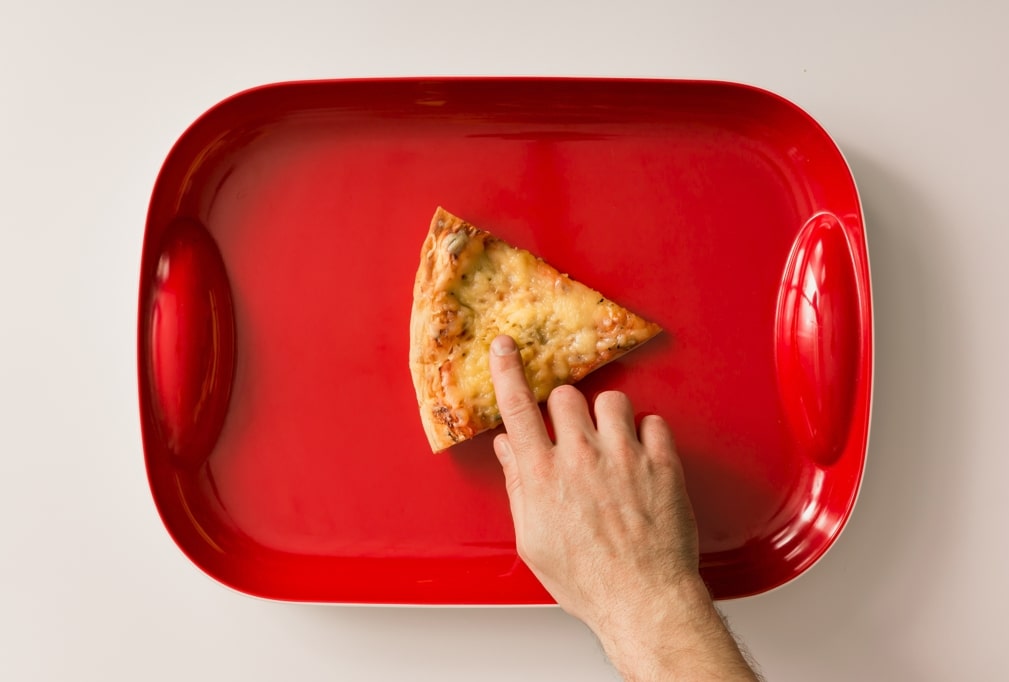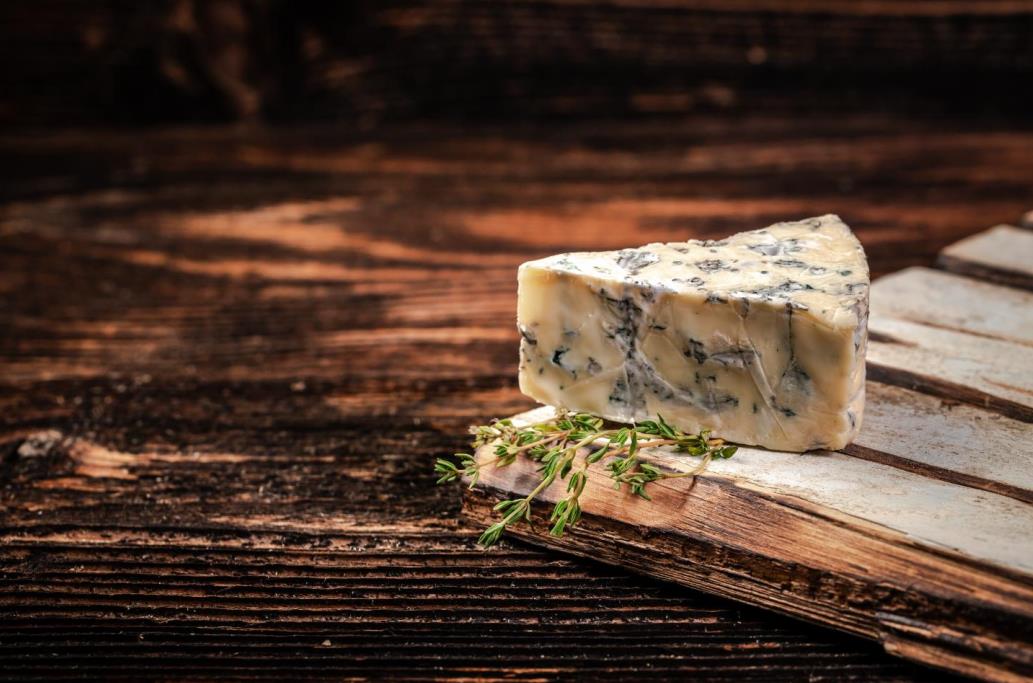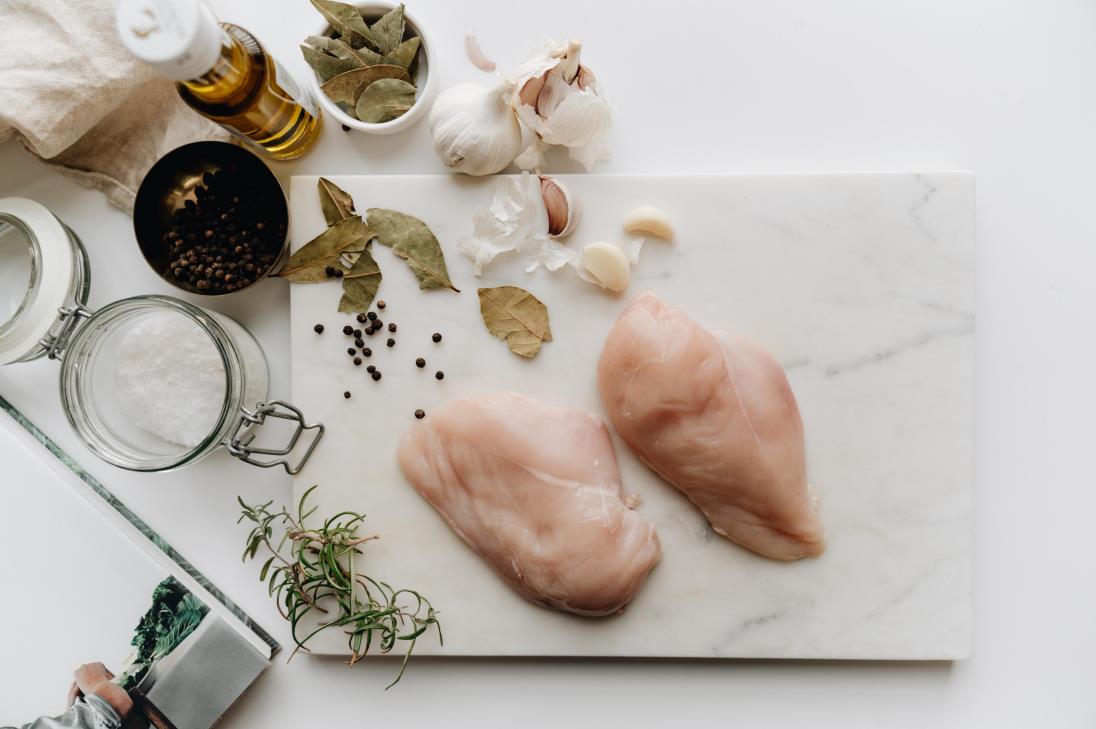Having a good cutting board is just as essential as having a great selection of kitchen knives. There is a lot to consider when shopping for a brand new cutting board to put your knives skills to the test.
The most popular types of cutting boards are made from wood with numerous varieties that match every budget and liking. Find out how to choose a wooden cutting board that’s right for you.
Table of contents
Things to consider when choosing a wood cutting board
When shopping for a brand new wooden cutting board, there are many things to look for, such as durability, type of wood used, water resistance, visual appeal, maintenance needs, price, and size. Here is a short rundown of everything to reflect on before buying a wood cutting board.
Durability
Most wooden cutting boards are very durable as long as they are cared for and not thrown in the dishwasher. What makes a wood cutting board the most durable lies under the type of tree used.
Maple, beech, walnut, and other dense hardwoods produce the most long-lasting cutting boards. As these woods are dense and have smaller pores, the knife’s edge doesn’t create grooves, hindering bacteria from penetrating the surface.
Water resistance
The porous nature of wood makes it vulnerable to moisture. If a wood cutting board stays in contact with water for prolonged periods, it can soak all of that liquid and build up internal moisture. Over time, this can cause the wood to crack, warp, or rot from the inside.
That’s why having a cutting board resilient to moisture is such an essential deciding factor. Some woods are going to be better at doing this.
Woods with smaller pores are the best when it comes to water resistance like maple and teak. Nevertheless, you can take many actions to make your cutting board more resilient to water, such as applying food-grade mineral oil overnight and keeping cleaning short and thorough.
Aesthetics
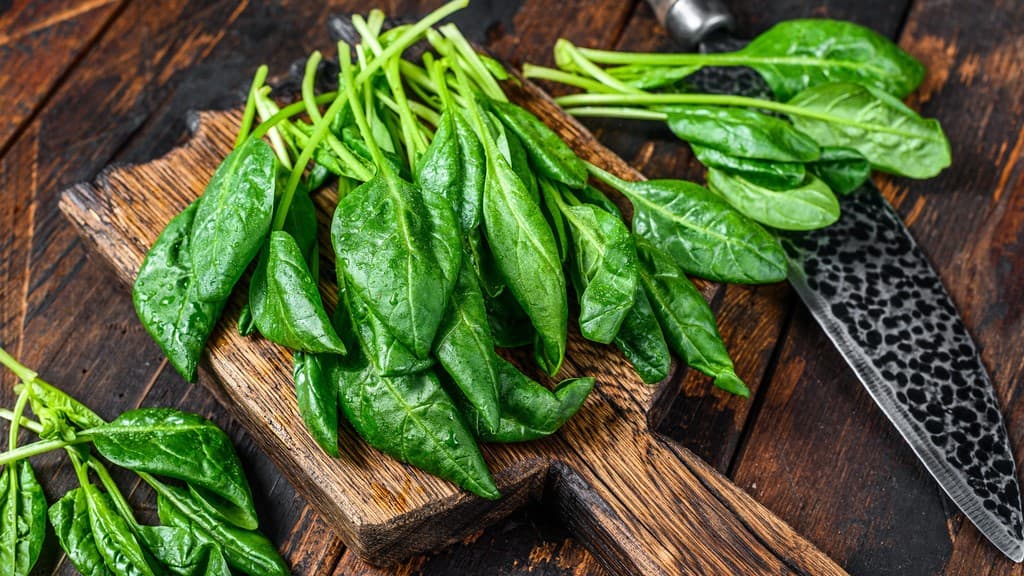
There are different cutting board designs made using different colors, shapes, trees, and even carvings. The type of wood used also adds certain design elements with their natural colors.
Trees like maple and oak are lighter in color, whereas walnut and Indian rosewood are darker. With so many finishing touches, there is no shortage of creatively designed cutting boards that you’ll find pleasing to the eyes.
Maintenance
The same as knives, cutting boards need maintenance from time to time. The care you’ll provide to a wooden cutting board won’t be as often as honing your knife, but it’s still an essential part of owning one to make it ever-lasting.
Applying mineral oil or board cream every now and then is an excellent maintenance method regardless of the type of wood used, no matter how water-resistant the packaging claims to be.
However, woods like teak and white oak are known for having better moisture resistance. Consider a cutting board made from these woods if water resistance is the main characteristic you’re anticipating. Additionally, some cutting boards show scratches more than others. You’ll need to resurface the board to get rid of them, which can take some time and effort.
Hardwood or softwood?
The harder the wood, the more resistant it is against scratching and impacts caused by the sharp edge of a kitchen knife. Hardwoods also have smaller pores that make it hard for moisture and food bits to get in, preventing bacteria from causing damages to the board over time.
At the same time, the harder the wood gets, the more damage it does to the knife’s edge. There is a sweet spot for wood hardness in cutting boards, though. The Janka hardness test measures a wood’s hardness by weighing the required force to embed an 11.28mm steel halfway into the wood.
A good cutting board wood falls between 900 and 1,500 on this scale, measured with pounds of force – the popular choices like walnut on the lower end and maple at the top.
Wood grain

A major consideration factor about cutting boards that’s often misunderstood is the wood grain. Edge grain, end grain, and face grain are commonly heard, and they tell about a cutting board and its relationship with your knives. Here is what they mean and the type of wood grain to look for in a cutting board.
Face grain cutting boards
These cutting boards are made from parallel pieces of wood and are generally cheaper as they’re larger pieces and require fewer steps to make a cutting board.
It’s not the most preferred choice due to showing a fair amount of scratches and the chance of fibers popping up from the surface, reducing the durability and making it susceptible to bacterial growth.
Overall, face grain cutting boards aren’t as recommended despite being the cheapest option. With face grain cutting boards, you’re better off using them as display boards to serve appetizers at events rather than actual day-to-day use.
Edge grain cutting boards
Both face grain and edge grain cutting boards are similar, but edge grain cutting boards are made from the side of the timber, which is thicker and more durable than the face grain. Though both cutting boards are going to be comparable, edge grain boards are definitely an improvement over face grain equivalents.
Edge grain cutting boards are the most popular with being thinner and lighter. It’s a bit more expensive than face grain but cheaper compared to end grain. The downside to edge grain cutting boards is that they can dull the knife’s edges faster but are less prone to warping and resist moisture quite well.
End grain cutting boards
Unlike face grain and edge grain cutting boards, fibers are vertical in end grain cutting boards. The vertically exposed fibers create a sort of self-healing exterior. As the knife’s edge makes contact with the board, it goes in between the fibers as opposed to going through them, which is the case with edge grain and face grain cutting boards. The fibers then close right back up when the knife is raised up.
This makes end grain cutting boards not show as many scratches and a favored choice among professionals. However, they absorb more moisture and a lot faster.
Most end grain cutting board manufacturers ship their products pre-oiled, but you’ll need to oil your board eventually. If you’re chopping, dicing, and mincing on a cutting board often, a care routine is highly recommended regardless of the wood grain to make it last longer.
Learn more about face grain vs. edge grain vs. end grain.
Different types of cutting board wood
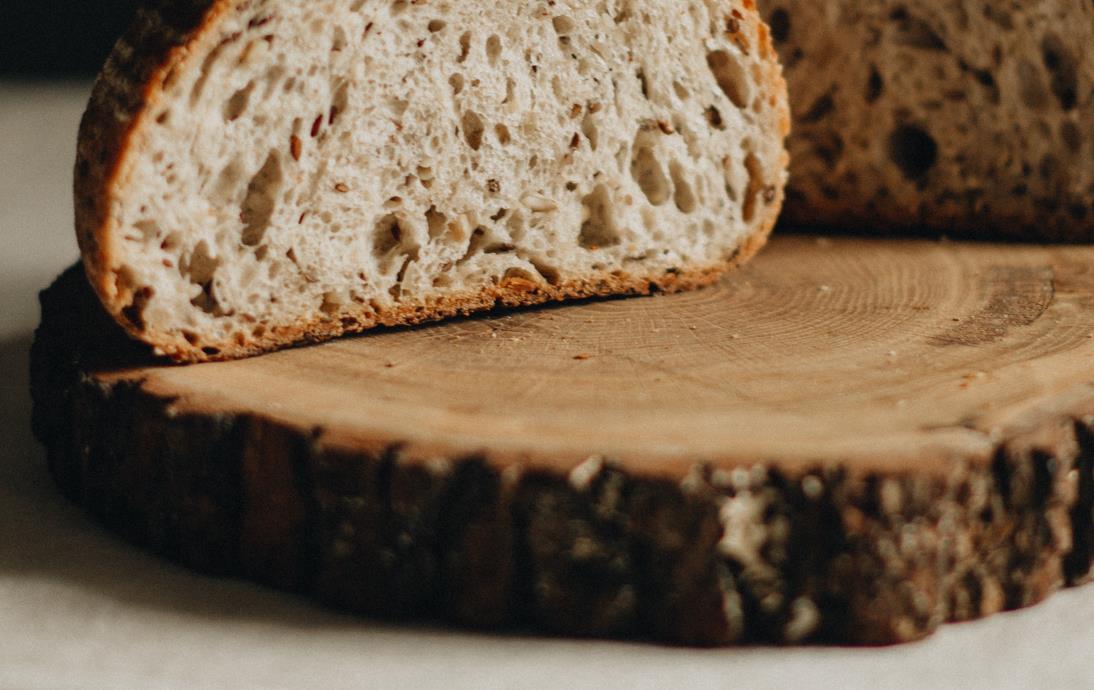
With everything to consider, a lot depends on the wood used to make the cutting board. Take the hardness and color of a piece of wood as an example. They generally stem from the type of tree. Here are the best and worst wood choices for a cutting board.
Maple – best for hardness and sanitization
The industry standard for wooden cutting boards, maple makes arguably the best boards. It’s one of the hardest woods that can be used as a cutting board and is excellent at preventing bacteria. The dense grain takes the edge of a sharp blade nicely and doesn’t overthrow it.
As maple wood is lighter in color, it can show food stains more than its darker counterparts. If this is something you want to avoid happening on your cutting board, not leaving freshly cut ingredients and cleaning and drying right after cutting is enough to get rid of them.
Walnut – most gentle on knife edges
Walnut is also another favorably used wood in cutting boards. Though walnut is more on the softer side, it’s gentler on the knife’s edges but shows a fair amount of scratches. The darker wood color disguises everyday stains quite well and is one of the best for home use.
Although walnut is not the hardest, it’s still considered a hardwood. It won’t lead moisture right in from the surface. Walnut cutting boards will last for decades; as long as they are well cared, and conditioned with mineral oil,
Teak – best for water resistance
Cutting boards made from teak have significantly risen in popularity in recent years. Generally used in exterior construction, boat building, and furniture, there is no wonder why teak found its place in selections of cutting boards. It takes a beating with a knife well and has a relatively scratch-free surface.
Characteristically rich in natural oils, teak is one of the best types of wood when it comes to water resistance and doesn’t require much maintenance.
However, it’s not to say that you should neglect caring – it’s just not going to need it as much as other types of wood. Always leave your cutting boards dry, whether it’s maple, walnut, teak, or any other wood.
Handpicked for you
True cutting power in the palm of your hand
Other great choices of woods for a cutting board
Woods like cherry, beech, and acacia give enough sturdiness and practicality you’re looking for in a cutting board with various beautiful colorings.
Additionally, there are bamboo cutting boards. Though environmentalists generally pick bamboo due to its sustainable and renewable characteristics, they make tough cutting boards that resist water and scratches but tend to dull knives quicker.
Not so good wood choices
Good cutting board characteristics have enough hardness, small pores, and a fair amount of water resilience. When these are at the back of our minds, the worst wood choices would be extremely hard woods like Brazilian ebony or snakewood. On the other hand, we wouldn’t want very soft woods like pine or open-pored woods like red oak or ash.
These are just a few examples of the best and worst wood types for cutting boards.
How to care for a wood cutting board?
A properly cared wood cutting board will last a lifetime. You should and shouldn’t do certain things with your cutting board, from cleaning to maintenance to actually using it. Here is everything you need to be doing to care for a wooden cutting board.
Clean it right
Wooden cutting boards aren’t dishwasher safe. The high heat and harsh chemicals can easily damage the cutting board; therefore, washing it by hand is the best way to clean it. Use a little bit of liquid dish soap to get rid of the food residues and rinse using warm water. After cleaning up, use a cloth or paper towel to wipe it dry and leave it to air dry. This will eliminate moisture.
The cleaning should be done right after you’re done with the cutting board but know when it’s time to wash it. You won’t need to wash and dry your cutting board every time you use it. If you’re slicing bread, croissants, or anything that won’t stick to the board, wipe it down rather than washing it.
Additionally, don’t soak your cutting board in the water. A quick submerge to rinse it is okay, but it should stay in contact with water as little as possible.
Use food-safe mineral oil

Using mineral oil is a great way to condition a wooden cutting board and make it repellant to water to prevent moisture from building up. Put a bit of mineral oil, about a tablespoon worth, depending on the size of the board, and rub it with a clean cloth. We recommend not using a paper towel as it can absorb the mineral oil quicker than the board does.
If you’re unsure about how much mineral oil to use, start with tiny bits and gradually add more mineral oil where you see necessary. You want to make sure every square inch of the cutting board is covered with mineral oil. Never use cooking oil to condition your cutting board, as it will go rancid before you know it.
After conditioning your cutting board with mineral oil, leave it be overnight and start using it the following day. If you’re in a hurry, make sure to give it at least a few hours. The mineral oil will help keep liquids stay on the cutting board’s surface rather than absorbing them.
Care tips for wood cutting boards
While the above is essential, there are other things you can do to keep your wood cutting board as good as new. Here are just a few additional tips you can follow to care for a wooden cutting board.
- Wipe the cutting board with a clean cloth or paper towel frequently as you prepare the ingredients.
- Sanitize your cutting board by rubbing a halved lemon or white vinegar, especially after slicing raw meat. Plus, it prevents the board from having a bad smell in the long run though the white vinegar might have an unpleasant odor at first.
- Just like knives, wash and dry the cutting board as soon as you’re done preparing.
- Don’t use harsh chemicals to remove stubborn stains. A sprinkle of baking soda with a damp cloth goes a long way in keeping a cutting board stain-free.
Frequently asked questions about wood cutting boards
How often to oil wood cutting boards?
Depending on use and the type of ingredients you’re cutting on the board, use oil once every six to eight weeks. If you’re using the cutting board often, using mineral oil at least once a month is recommended. The quicker you see the cutting board absorbing water, the more it tells you to condition with mineral oil.
How to restore a wood cutting board?
An old wood cutting board can be restored. However, it will take some time and lots of sanding to resurface the board. Rest your wood cutting board on a stable surface like under a towel and sand off the scratches. Then, use a finer grade of sandpaper to smooth out the surface and use mineral oil to bring its glory back to life.
Can I wash a cutting board in the dishwasher?
The excessive heat and harsh detergents make dishwashers an unfavorable place for wood cutting boards to be. Always wash a wood cutting board by hand as the conditions of a dishwasher can cause the wood to crack, warp, and overall ruin it.
Is wood cutting boards better than plastic?
The wood cutting boards are more sanitary than their plastic counterparts in the long run. When properly maintained and cleaned right, a wooden cutting board is going to be more hygienic. Though plastic cutting boards can be easier to use and clean as most are dishwasher safe and lighter, wooden cutting boards offer a lot more and better looking in the kitchen.
Now that you know how to choose the right wooden cutting board, why not get a pair of kitchen knives to complement it? Take a look at our handmade knives collection to browse through the kitchen knives that suit your style.








